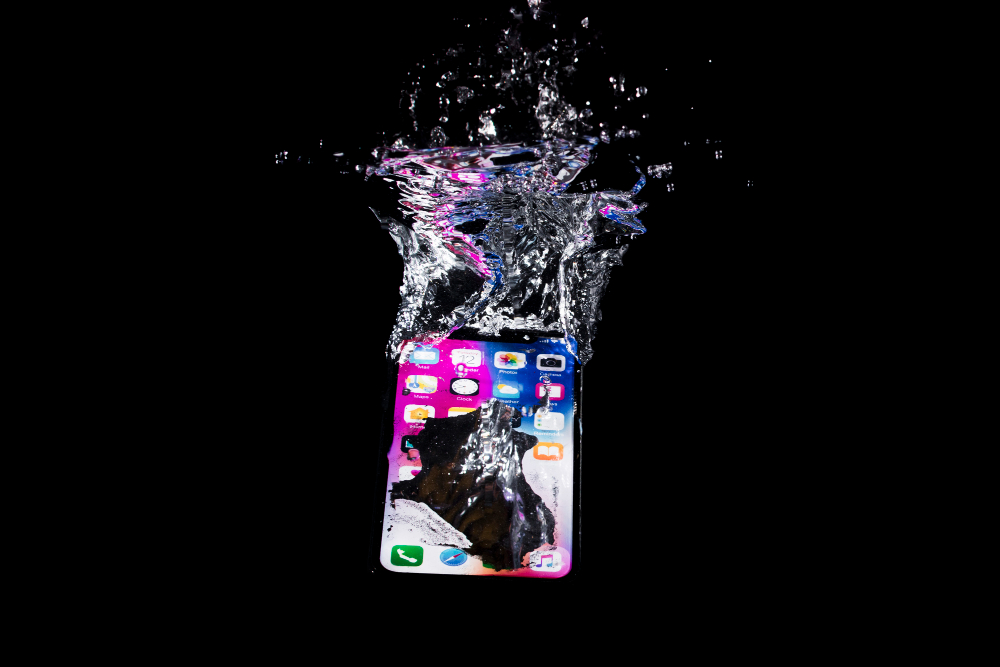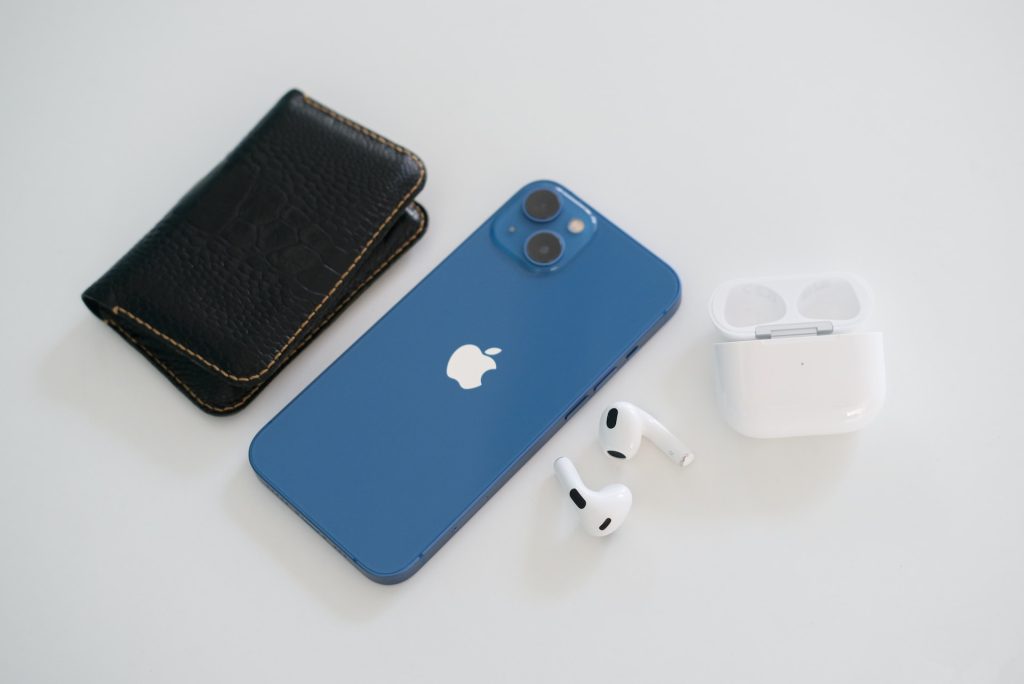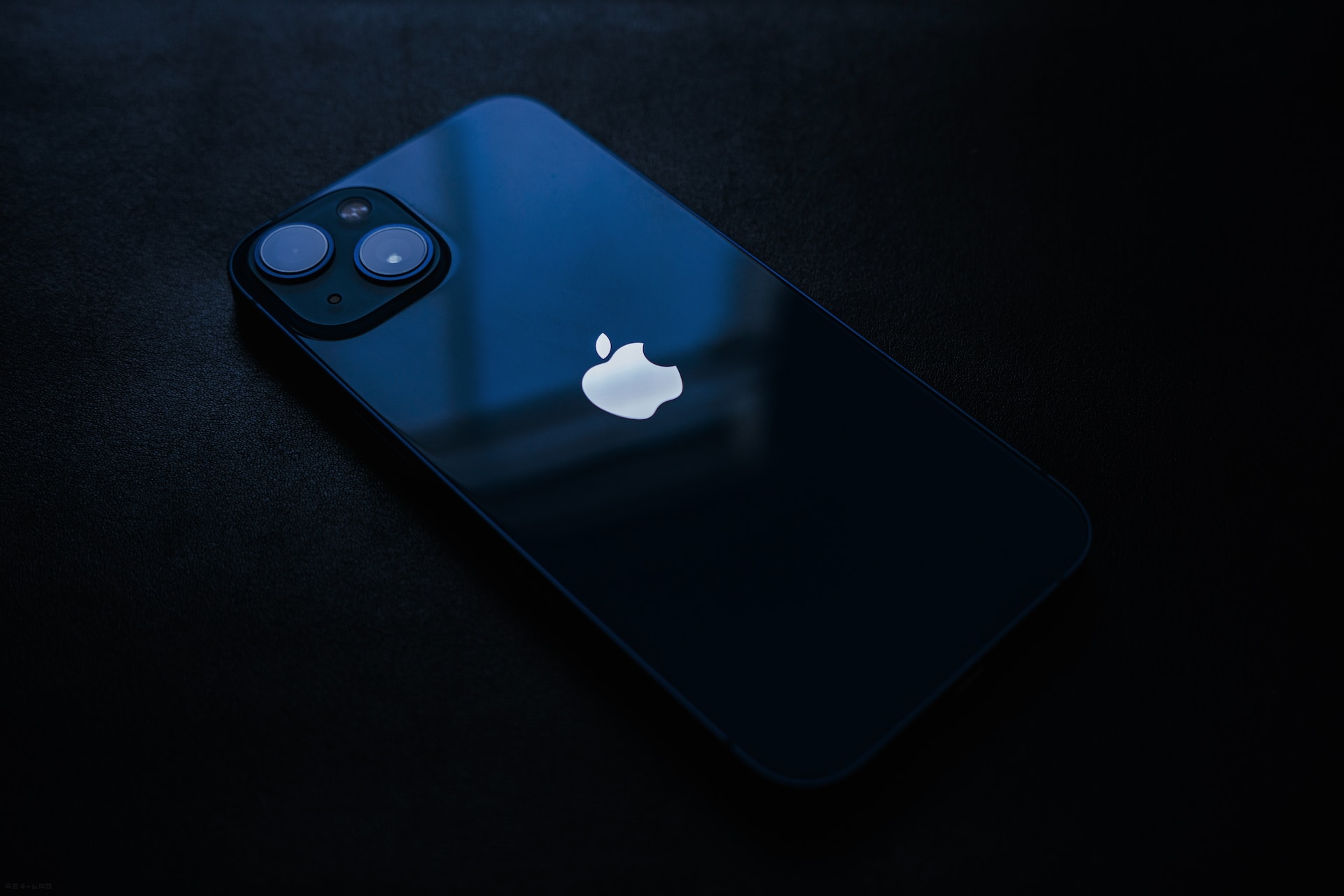Apple’s iPhone series has carved a niche for itself, revolutionizing the tech arena with each new launch. While we’re frequently captivated by their cutting-edge processors, unmatched camera systems, and aesthetic appeal, there’s another dimension that has piqued user interest over the years: the ability to withstand water. With the iPhone 13 gracing the markets, the question emerges: Is it truly immune to water’s embrace?
Decoding the IP Maze
Let’s first demystify the alphanumeric combo known as the IP rating. ‘IP’ translates to ‘Ingress Protection’, a universally recognized scale that assesses an electronic gadget’s resilience against unwelcome solids (think sand and dust) and liquids (yes, water).
Now, this IP rating is typically followed by two digits. The first digit is a testament to its defense against solids, while the second showcases its resistance to liquids. The mantra here? Bigger numbers indicate stronger protection.
Peeling Back the Layers of iPhone 13’s Rating
The iPhone 13 proudly flaunts an IP68 tag, aligning with the IEC standard 60529. But let’s humanize this jargon.
The ‘6’ in this rating heralds the iPhone 13’s impeccable shield against dust, making it virtually impenetrable to solids. As for the ‘8’, it’s a testament to the phone’s prowess in water. It implies that this gadget can be momentarily submerged up to 6 meters deep for roughly 30 minutes without repercussions.
However, a word of caution: the lab conditions where these trials occur are meticulous and controlled. The purity of the water, the precise depth, and the exact duration – all are standardized. The unpredictable waters of your backyard pool or the local beach may narrate a different tale.
Navigating the ‘Waterproof’ vs. ‘Water-Resistant’ Terminology: An In-depth Exploration

When discussing electronic devices and their relationship with water, the terminology can often become a minefield. Two terms that are frequently and sometimes interchangeably used are “waterproof” and “water-resistant”, each carrying its own weight and implications. Let’s break down these terms and position the iPhone 13 within this context.
Waterproof Technology
This is a powerful term. When a product claims to be waterproof, it suggests a fortress-like quality, where water simply cannot breach the defenses. It paints a picture of a device that can, in theory, stay submerged indefinitely without suffering any consequences. However, in the real world of electronics, the term “waterproof” is rarely absolute. It often comes with caveats such as depth limitations or time restrictions.
Water-Resistant Technology
A more flexible term, water resistance implies a device’s ability to repel water to some extent. This doesn’t mean it’s impenetrable. Instead, it’s like an umbrella in a rainstorm: while it can keep you dry for a while, under heavy rainfall or if submerged in a puddle, that protection might wane. Devices that are water-resistant have been designed to prevent water ingress up to a certain depth or pressure, but they aren’t designed for prolonged aquatic adventures.
Now, let’s contextualize the iPhone 13 with its boasted IP68 rating.
iPhone 13’s Water-Resistant Reality
Given its IP68 rating, the iPhone 13 has been engineered to resist water ingress at depths of up to 6 meters for a duration of 30 minutes. This makes it one of the more resilient smartphones on the market. However, it’s crucial to remember that these metrics are based on specific, controlled conditions, often using fresh water.
Real-world Implications
Your day-to-day encounters might not always mirror lab conditions. For instance, if the iPhone 13 is dropped in a saltwater pool or at the beach, the salt can act as an abrasive and also has corrosive properties. Similarly, exposure to chlorinated water in swimming pools can affect the phone differently than pure water. So, while the iPhone 13 demonstrates a commendable resistance to water, it isn’t impervious, especially when faced with varied real-world scenarios.
Guarding Your iPhone 13’s Fortress: Ensuring Optimal Protection

With the iPhone 13 proudly sporting its IP68 designation, one might be lulled into thinking it’s invincible against all odds. However, this resilient fortress, like all, requires some proactive care to ensure it remains in optimal condition. Here’s an enhanced guide to help maintain and safeguard your iPhone 13’s formidable water and dust resistance.
1. Steer Clear of Salt and Chlorine
Both saltwater and chlorine are far from friendly to your iPhone 13. They have corrosive properties that can erode and damage the protective seals and coatings on your device.
- Immediate Action
If your iPhone finds itself in the company of these harsh liquids, gently rinse it with cool, distilled, or tap water. Following this, pat the phone dry with a soft, lint-free cloth. Refrain from exposing it to direct heat or using compressed air, which can worsen the damage.
2. Regular Seal Scrutiny
The iPhone 13’s commendable water resistance relies significantly on the integrity of its seals and gaskets.
- Inspection Points
Pay attention to the charging port area, the SIM tray, and the space between the screen and the body. If you notice any inconsistencies, gaps, or signs of wear and tear, it’s best to consult with an Apple-certified technician.
- Protect Against Physical Trauma
While the iPhone 13 is designed to withstand everyday use, significant drops or impacts can compromise its water resistance. Consider investing in a good-quality protective case to absorb shocks.
3. Minimize Underwater Adventures
The allure of capturing underwater photos or videos can be tempting, but remember that the iPhone 13 is primarily an electronic device, not a dedicated underwater camera.
- Time Limits
The 30-minute submersion limit is based on controlled lab conditions. In real-life scenarios, various factors can influence this limit, so it’s always safer to retrieve your phone from the water as promptly as possible.
- Avoid Deep Depths
Even if you’re just snapping a quick underwater picture in a pool, try to ensure your phone isn’t submerged too deep. The pressure at greater depths can challenge the iPhone’s water resistance capabilities.
4. Accessory Alert
As you personalize your iPhone 13 with various accessories, it’s crucial to ensure that they complement, rather than compromise, its design and features.
- Case Check
Not all cases are made equal. Some might trap moisture, while others might not fit snugly, allowing dust and water to seep through. Opt for reputable brands and ensure that they don’t obstruct any of the phone’s ports or seals.
- Screen Protectors
While they protect against scratches, some protectors might not be compatible with the iPhone 13’s design, potentially impeding its water resistance. Ensure that any protector you apply sits flush with the device’s screen and doesn’t lift at the edges.
In essence, while the iPhone 13 boasts an impressive line of defense against external elements, a mindful approach can further its longevity. Think of these tips as the additional armor that shields your device, ensuring it stays in pristine condition for the long haul.
Final Verdict
With the IP68 accolade, the iPhone 13 has undoubtedly upped the ante in the realms of dust and water protection. However, it’s pivotal to internalize its water-resistant nature and not misconstrue it as being utterly waterproof. Treating electronics, even stalwarts like the iPhone 13, with respect and a tad bit of caution can go a long way. As they say, better safe than sorry – or in this scenario, better dry than drenched!
































































